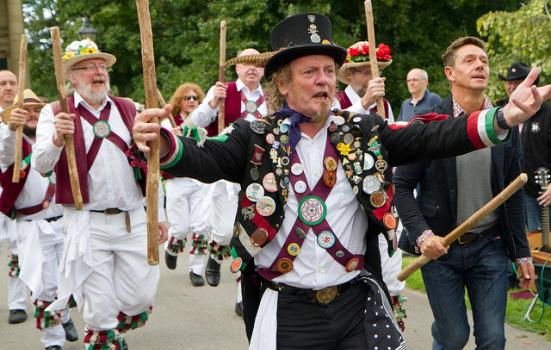Saltaire, a village within the city of Bradford, is a UNESCO World Heritage site and an inspiration for heritage regeneration projects, writes Helen Thornton.

Jon Pinder (CC BY-NC-ND 2.0)
The industrial village of Saltaire was inscribed by UNESCO on the World Heritage List for being an outstanding example of mid 19th century philanthropic paternalism which had a profound influence on developments in industrial and urban planning in the United Kingdom and beyond. It survives in a complete and well-preserved form as testimony to the pride and power of basic industries such as textiles for the economy of Great Britain and the world in the 19th and earlier 20th centuries.
The integrity of Saltaire as a model industrial village is almost total. The boundary of the property coincides with the extent of Titus Salt’s original development: the model village and its associated buildings, the majority of the mill complex and the Park. Some buildings (representing only 1% of the original buildings) were demolished in the past but those existing at the time of inscription and the layout of the complex are still intact. Mill machinery was removed after industrial activities ceased in the mid-1980s. There are limited opportunities for new development within the site. Beyond the site’s boundaries, development has surrounded the property to the east, south and west for the last century, with the remnant Aire river landscape to the north... Keep reading on The Academy of Urbanism



